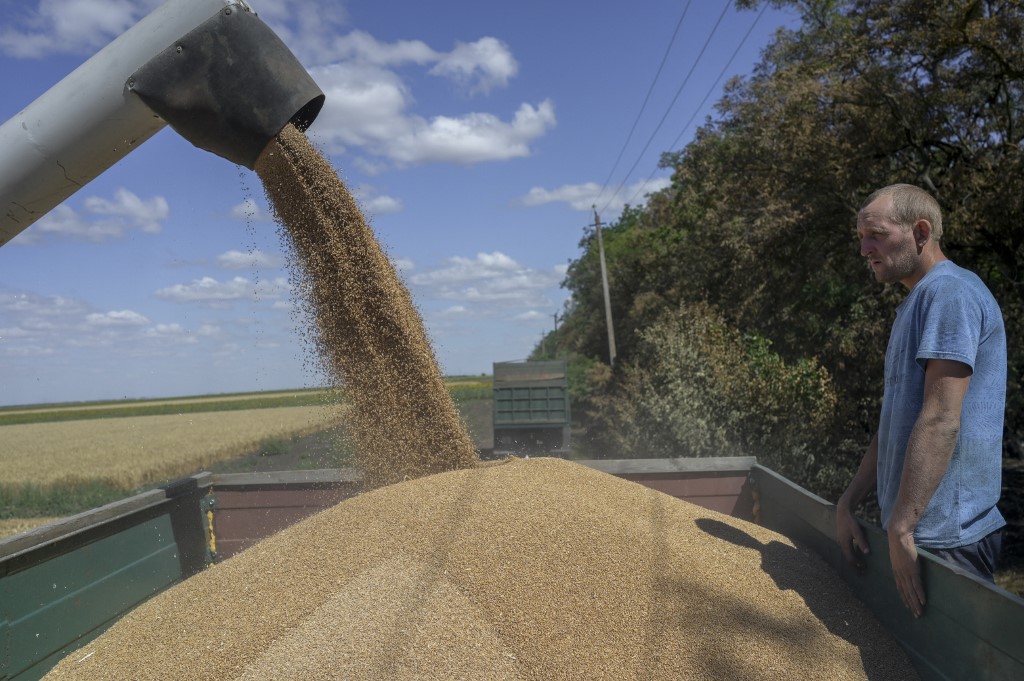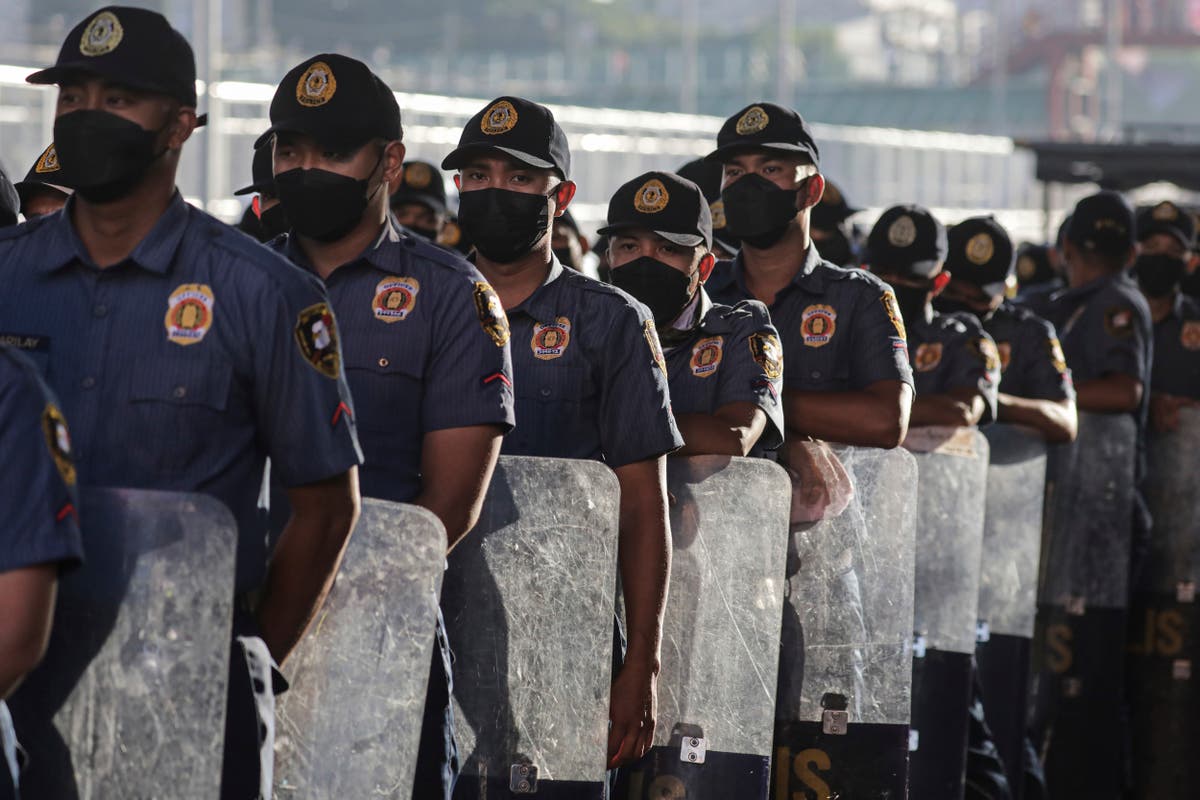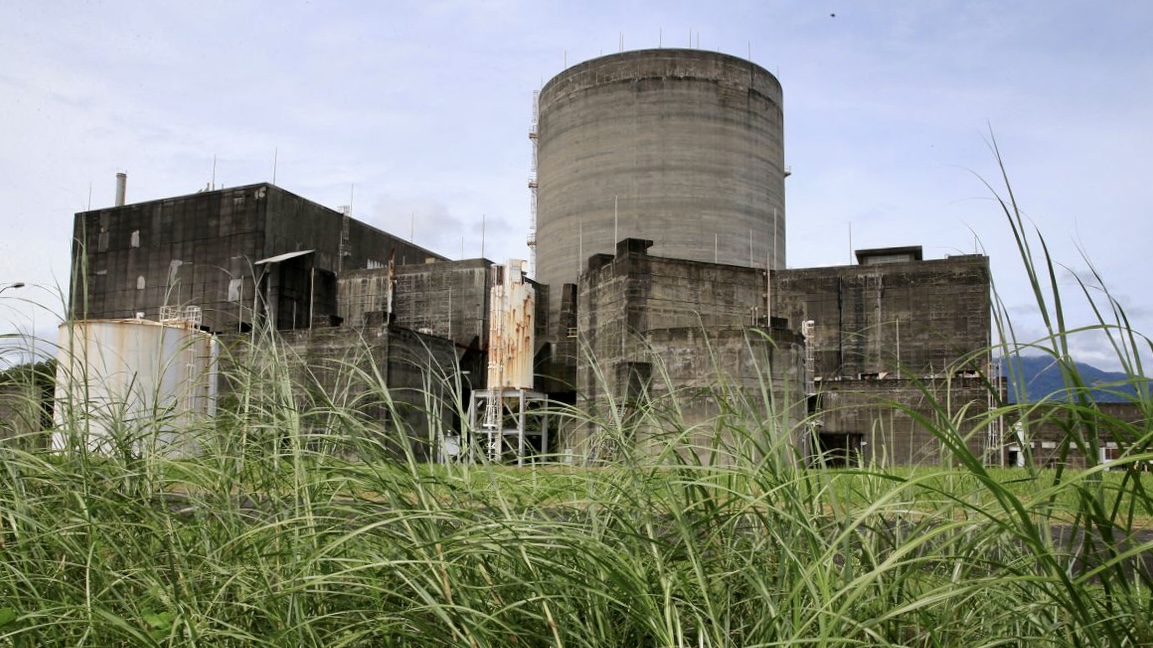[ad_1]
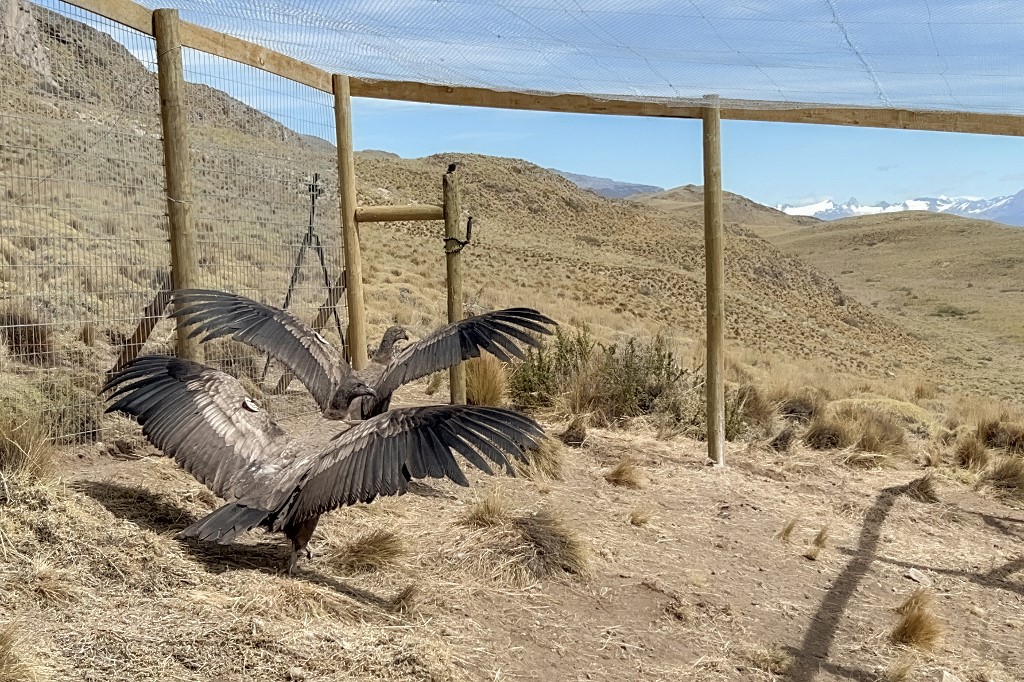
by Pablo COZZAGLIO / Alberto PEÑA
Agence France-Presse
PARQUE NACIONAL PATAGONIA, Chile (AFP) – Pumalin and Liquine, two juvenile condors rescued from sure demise, have been launched again into the wild in a much-needed enhance for a dwindling species emblematic of the Chilean Andes.
After 14 months of rehabilitation, the pair of scavengers have been freed final week within the Patagonian Nationwide Park in Chile’s excessive south, the place each particular person counts for a species listed by the Worldwide Union for Conservation of Nature (IUCN) as “weak” to extinction.

From an unlimited cage perched on the sting of a cliff overlooking the Patagonian valley, the pair unfold their huge wings, waddled to the ledge, and took the leap of freedom, hovering away graciously.
“Right this moment we have now witnessed a milestone,” Christian Saucedo of the Rewilding Chile Basis instructed AFP.
“It’s a very advanced course of… but it surely means returning people who would in any other case be condemned to reside in captivity,” he mentioned.
In response to the IUCN, the Andean condor — a sort of scavenging vulture — is a declining species, with fewer than 7,000 left within the wild.
Human ‘persecution’
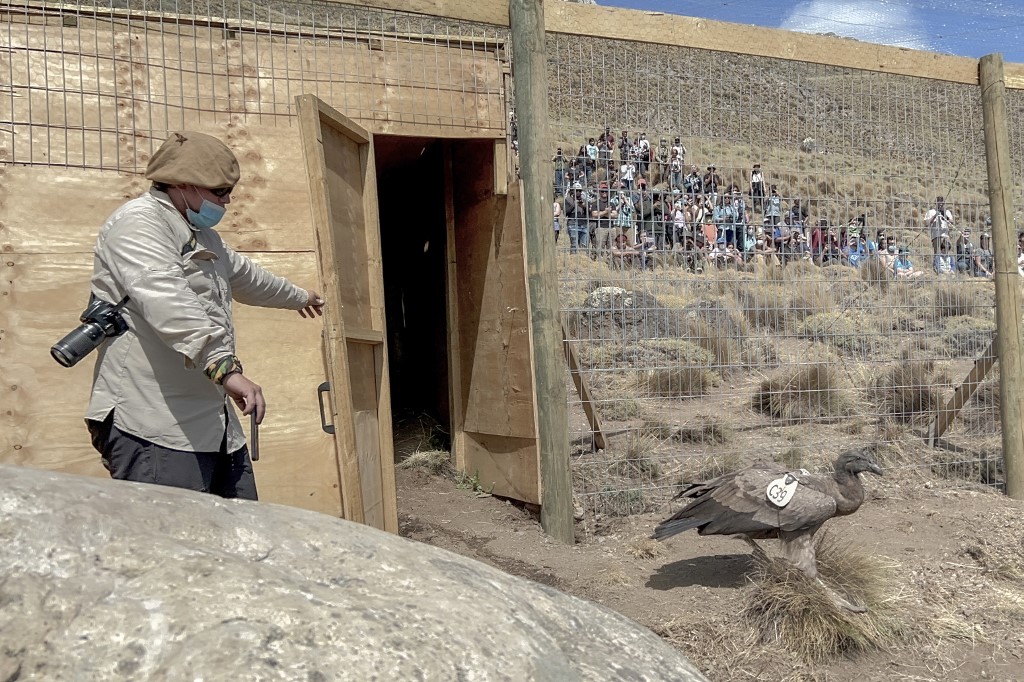
The principle risk is “direct and oblique persecution by people,” it states.
Dominic Duran, the manager director of the Manku Challenge for condor conservation, instructed AFP “the most important risk is poisonous baits set by people to poison… pumas or wild canines consuming their livestock.”
When the condors feed on these carcasses, as much as 30 at a time, they get poisoned in flip.
The primary to eat, he added, are often the breeding women and men, and “when condors are killed by poisonous bait, all of the reproductive people on the high of the chain die.”
Different threats are looking by people, intoxication from poorly-managed landfills and dwindling numbers of the wild animals that make up their food regimen.
The muse that rescued Pumalin and Liquine is a legacy of US philanthropist Douglas Tompkins, who in 1990 donated 8,000 sq. kilometers (3,088 sq. miles) of land to Chile and Argentina for conservation.
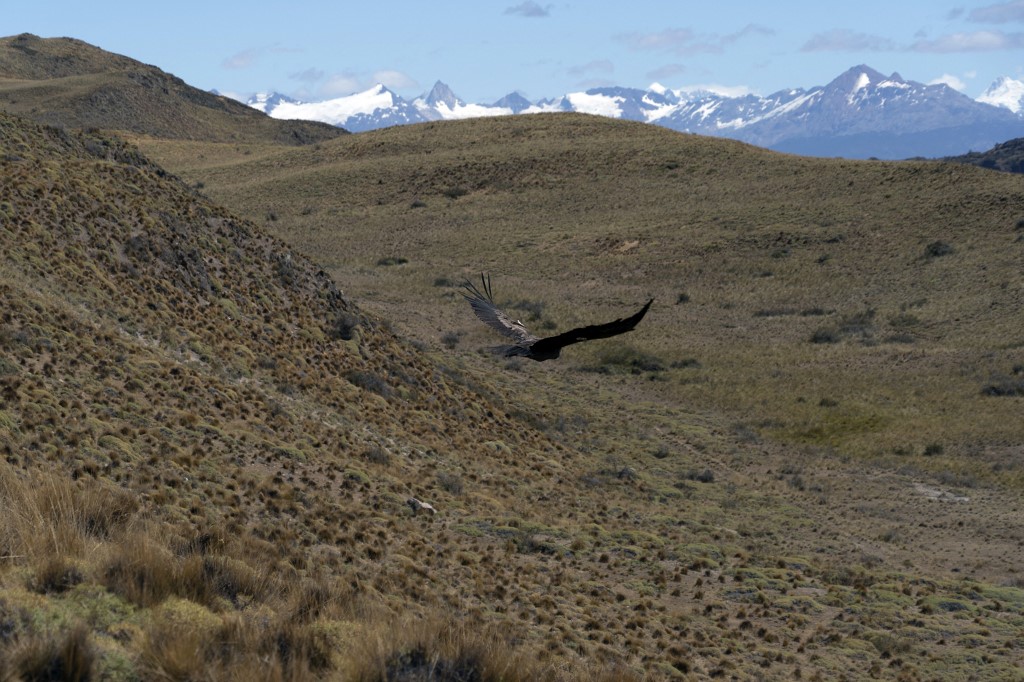
The Patagonia Nationwide Park now housed there holds an estimated 70 % of Chile’s Andean condors — the biggest inhabitants in South America.
Pumalin, a male, was discovered over a 12 months in the past unable to fly after getting caught in a heavy storm, and Liquine, a feminine, was rescued struggling to make it within the wild after an earlier try to rehabilitate her.
They’ll now return to “studying the codes of condor society,” mentioned Saucedo.
The pair’s progress can be monitored with radio transmitters implanted of their wings.
© Agence France-Presse
[ad_2]
Source link



